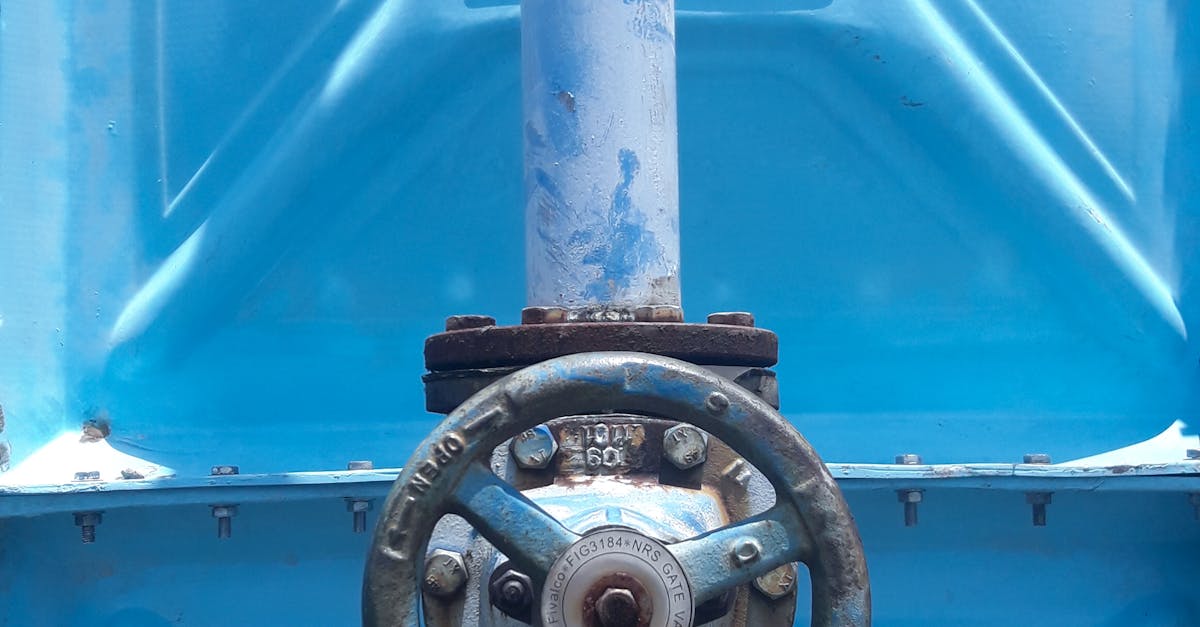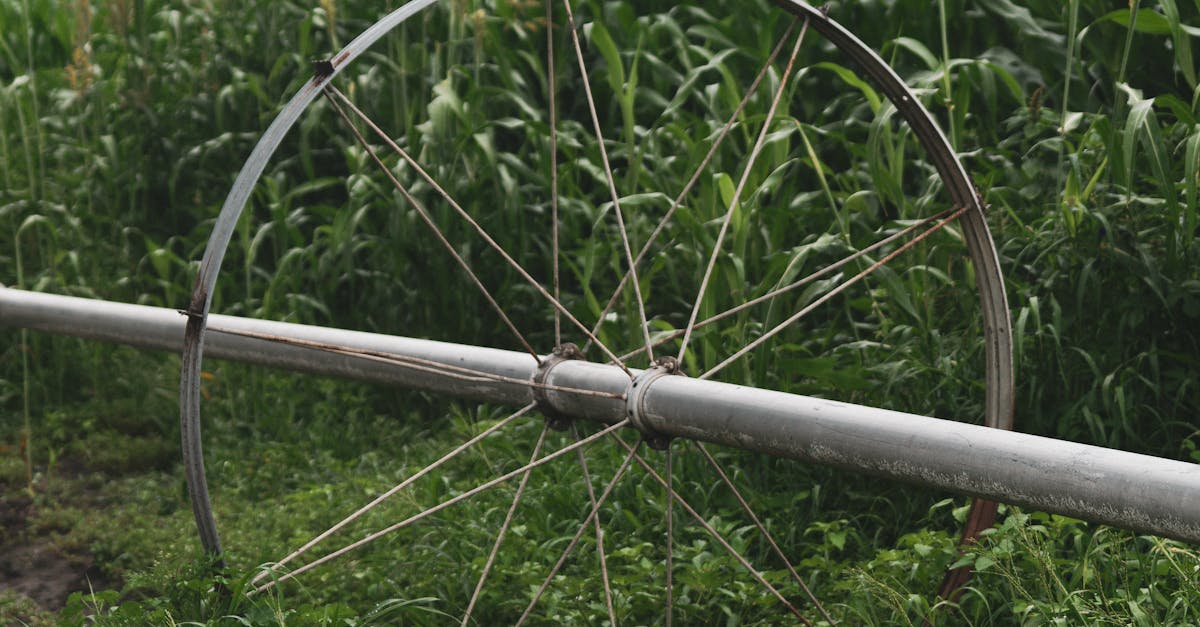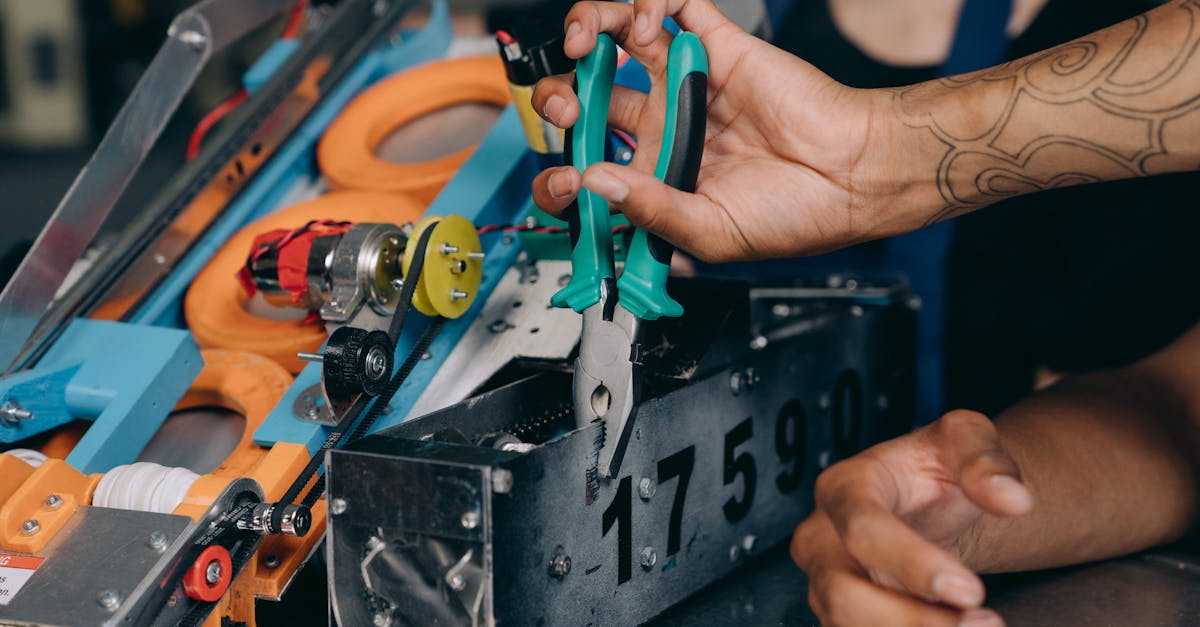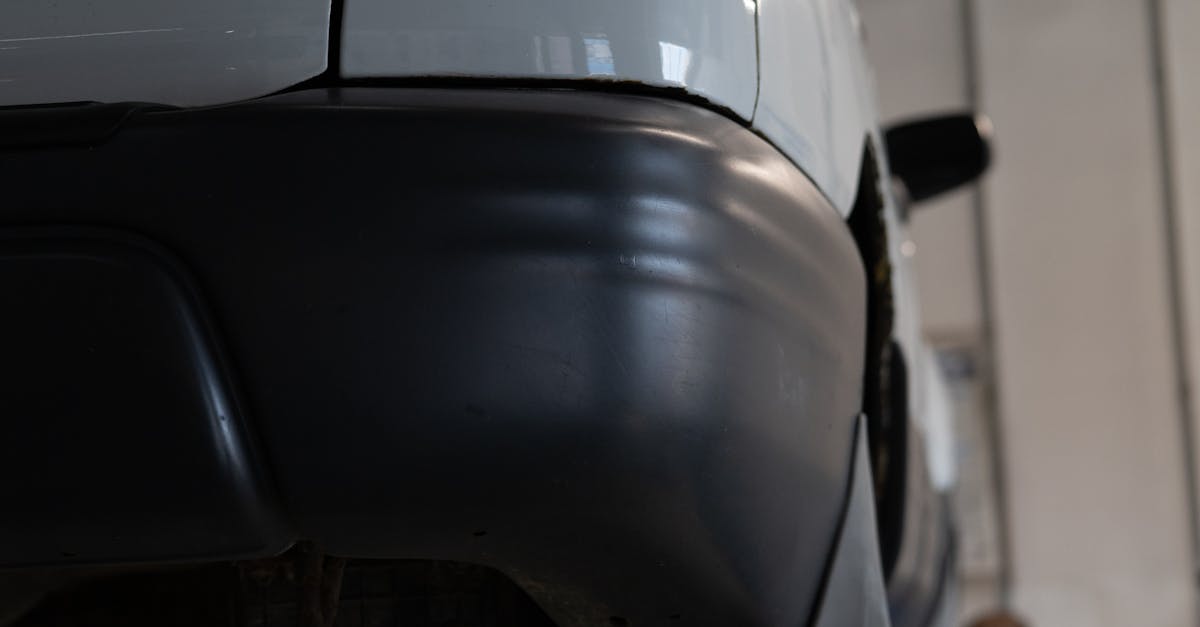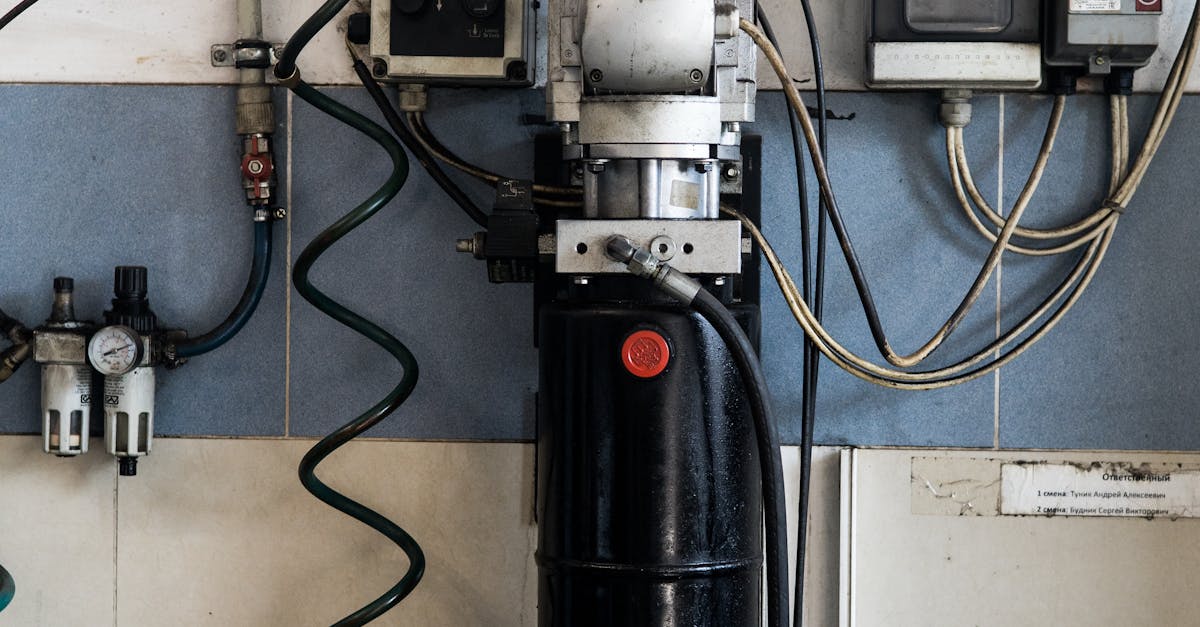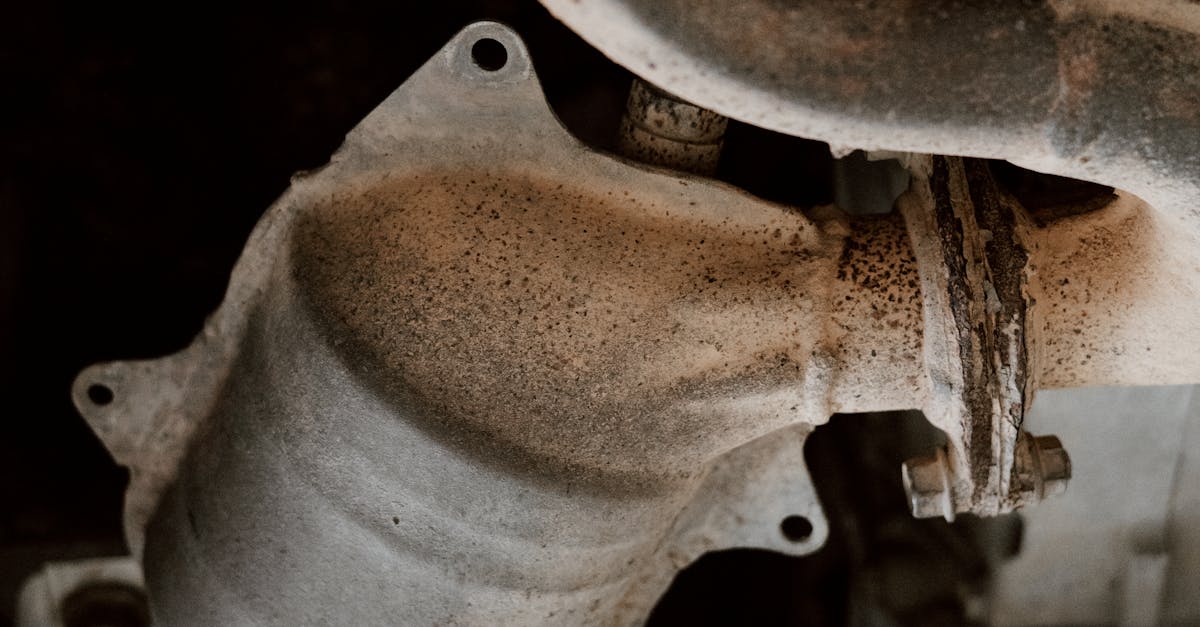
Table Of Contents
Faulty Thermostat
A faulty thermostat is one of the most common issues encountered in hot water systems. This component regulates the water temperature and ensures that it remains at a comfortable level. When the thermostat malfunctions, it can lead to inconsistent water temperatures or prevent the system from heating water altogether. Identifying a faulty thermostat is crucial to restoring the system's efficiency, making hot water system repair essential for maintaining comfort in your home.
Regular checks on the thermostat can help prevent larger issues down the line. If you notice that your hot water system is running hot one moment and cold the next, or if the water fails to heat up, it's worth investigating the thermostat's functionality. Quick diagnostic checks can often reveal whether a replacement or repair is necessary. Engaging a professional for hot water system repair ensures that the thermostat, along with other components, operates efficiently and reliably.
Diagnosing Thermostat Malfunctions
Thermostat malfunctions in a hot water system can often manifest through inconsistent water temperatures or a complete lack of hot water. To diagnose these issues, beginning with a visual inspection is advisable. Check for any visible signs of damage, such as burnt wires or discolouration around the thermostat. Ensuring that the thermostat is set to the correct temperature can save time before proceeding to more complex tests. A multimeter can be used to measure the electrical current; if no voltage is present, the thermostat may need to be replaced.
If the thermostat appears functional upon inspection, further evaluation of the hot water system's components might be necessary. Checking the connections for any loose wiring ensures that power is reaching the thermostat. If problems persist, it could indicate deeper issues within the system, necessitating professional intervention. Seeking a qualified technician for hot water system repair will ensure a thorough assessment and resolution of any underlying problems. Regular checks can help prevent future malfunctions, maintaining efficiency and preventing unnecessary breakdowns.
Pressure Problems
Pressure issues in a hot water system can arise from a variety of sources, both external and internal. High pressure can lead to leaks and bursts in pipes, causing significant damage to the system and property. Low pressure, on the other hand, may result in inadequate hot water supply, leaving users frustrated. Identifying the root cause of pressure problems is essential for effective hot water system repair.
Regular monitoring of pressure levels can help prevent complications. A pressure relief valve is a critical component that helps maintain safe pressure levels. If the valve fails, it can lead to dangerous situations. Homeowners should be aware of any unusual changes in water flow or temperature, as they could indicate underlying pressure issues that require prompt attention and hot water system repair.
Effects of High and Low Pressure
Pressure imbalances in a hot water system can lead to significant operational issues. High pressure can cause stress on pipes and fittings, leading to leaks or bursts. This not only affects the efficiency of water delivery but can also result in costly repairs and water wastage. Conversely, low pressure can reduce the overall performance of the system, resulting in insufficient hot water supply for daily needs. Regular monitoring and maintaining appropriate pressure levels are essential for optimal functionality.
In instances where pressure-related problems arise, timely intervention is crucial. Hot Water System repair can address issues arising from both high and low pressure, ensuring the system operates safely and efficiently. Neglected pressure problems may escalate, potentially leading to more severe complications in the long run. By understanding the implications of pressure fluctuations, homeowners can take proactive measures to safeguard their hot water systems and maintain their overall integrity.
Sediment Buildup
Sediment buildup is a common issue in hot water systems, often occurring when minerals from the water settle at the bottom of the tank. Over time, this accumulation can lead to a variety of problems, including reduced efficiency and increased energy consumption. As sediment layers grow thicker, they can create hot spots that may cause premature wear on the heating elements. Regular flushing of the tank can help mitigate these problems and enhance the system’s longevity.
When sediment is present, the overall performance of the hot water system suffers, resulting in inconsistent water temperatures and slower heating times. In some cases, this buildup can cause more severe damage, necessitating hot water system repair. To prevent these complications, it is beneficial to schedule routine maintenance checks. Taking proactive steps can ensure the system operates optimally and efficiently, ultimately saving both time and money.
Importance of Regular Maintenance
Regular maintenance of your hot water system is essential for its longevity and efficiency. Scheduling periodic checks allows homeowners to identify any potential issues before they escalate into costly repairs. By ensuring all components are functioning correctly, the system can operate at optimal performance levels, reducing energy consumption and decreasing utility bills.
Neglecting maintenance can lead to sediment buildup, which is a common problem in hot water systems. This buildup can significantly impair the system's functionality and may require immediate hot water system repair. Proactive upkeep helps avoid such scenarios, prolonging the lifespan of the system and ensuring a consistent supply of hot water when it's needed most.
FAQS
What are the most common faults in a hot water system?
The four common faults in a hot water system are faulty thermostats, pressure problems, sediment buildup, and leaks.
How can I diagnose a faulty thermostat in my hot water system?
To diagnose a faulty thermostat, check if the water temperature is inconsistent, or if the system is not turning on or off as expected. You may need to test the thermostat with a multimeter or consult a professional.
What are the effects of high and low pressure in a hot water system?
High pressure can cause leaks or even burst pipes, while low pressure can lead to insufficient hot water supply, affecting your shower and other hot water needs.
Why is sediment buildup a concern for my hot water system?
Sediment buildup can reduce the efficiency of your hot water system, cause overheating, and even lead to system failure if not addressed through regular maintenance.
How often should I perform maintenance on my hot water system?
It is recommended to perform maintenance on your hot water system at least once a year to prevent issues such as sediment buildup and ensure optimal performance.








